The Crimson Flag Lily, also known as the Crimson River Lily or River Lily, is a stunning flowering plant native to South Africa, Lesotho, and Swaziland. Belonging to the Iridaceae family, this perennial plant grows from bulbs and thrives in hardiness zones 7 to 9.
Renowned for its vibrant red blooms, the Crimson Flag Lily adds a bold splash of color to any garden. It flourishes in full sun, making it an excellent choice for sunny borders, flowerbeds, or containers. With its elegant appearance and ability to brighten up landscapes, this plant is a popular choice among gardeners seeking a reliable and showy perennial.
| Common name | Crimson Flag Lily, Crimson River Lily, River Lily |
| Botanical name | Hesperantha coccinea |
| Family | Iridaceae |
| Species | coccinea |
| Origin | South Africa, Lesotho, Swaziland |
| Life cycle | Bulb |
| Plant type | Perennial |
| Hardiness zone | 7, 8, 9 |
| Sunlight | Full Sun |
| Maintenance | High |
| Soil condition | Loam |
| Drainage | Moist but Well-Drained |
| Spacing | Less than 12 in. |
| Flowering period | Fall |
| Height | 1 ft. – 2 ft. |
| Flower color | Pink |
| Leaf color | Green |
| Flower benefit | Good Cut |
| Garden style | Butterfly Garden |
| Uses | Meadow |
I. Appearance and Characteristics
Hesperantha coccinea, the river lily, or crimson flag lily (syn. Schizostylis coccinea Backh. & Harv.), is a species of flowering plant in the iris family Iridaceae, native to Southern Africa and Zimbabwe.
It is a semievergreen perennial growing to 60 cm (24 in) tall, with slender lanceolate leaves up to 40 cm (16 in) long and 1 cm (0.4 in) broad. The flowers are red, occasionally pink or white, 30–35 mm long, with six petals; they are produced four to ten alternately on a spike in late summer to autumn.
The Latin specific epithet coccinea means “bright red”.
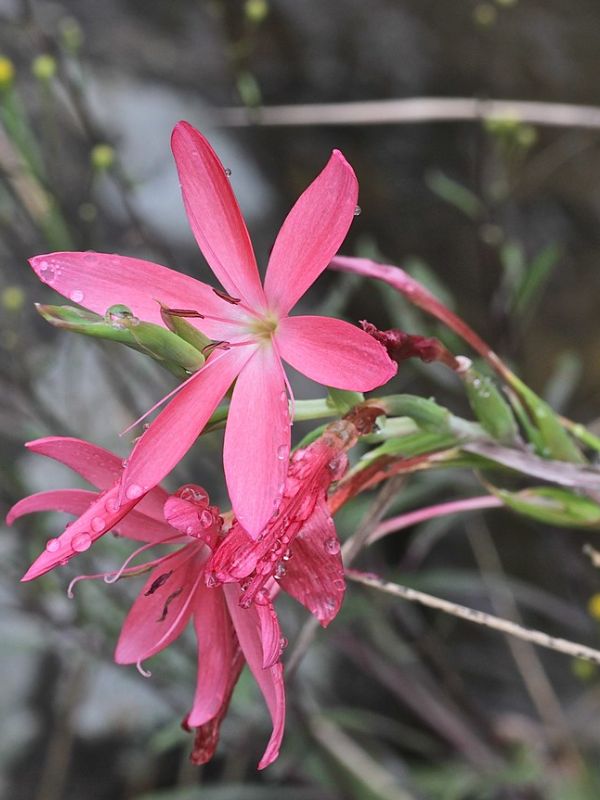
Hesperantha coccinea is cultivated as an ornamental plant in gardens for its flowers, It is often used in floristry. Hardy down to between −5 and −10 °C (23 and 14 °F), in colder regions it is grown under glass. It was formerly known in cultivation as “Kaffir lily”, and is still occasionally referenced as such. However, “Kaffir” is now regarded as an offensive ethnic slur.
II. How to Grow and Care
Watering
Kaffir lily thrives in moist environments, indicative of its origins near stream banks and damp areas. This species exhibits a preference for consistent moisture without being waterlogged, maintaining a delicate balance. It requires watering every week to mimic the natural hydration it would receive in its native habitat. Kaffir lily is predominantly an outdoor plant that flourishes when rain patterns complement its growth cycles, ensuring adequate water supply during critical blooming periods.
Fertilizing
For optimal growth and flowering, fertilize kaffir lily every 4-6 weeks during the growing season with balanced nutrition or high phosphorus fertilizer, at a quarter-strength. Benefits include enhanced bloom, plant vigor, and nutrient uptake efficiency.
Avoid over-fertilizing, which can harm kaffir lily. Reduce feeding in winter, when kaffir lily is dormant. Apply fertilizer to moist soil to prevent root burn. Ensuring even coverage promotes uniform growth. Fertilization should be tailored to the plant’s life cycle, with increased phosphorus during flowering. For best results, follow manufacturer’s dosage recommendations and adjust per plant response.
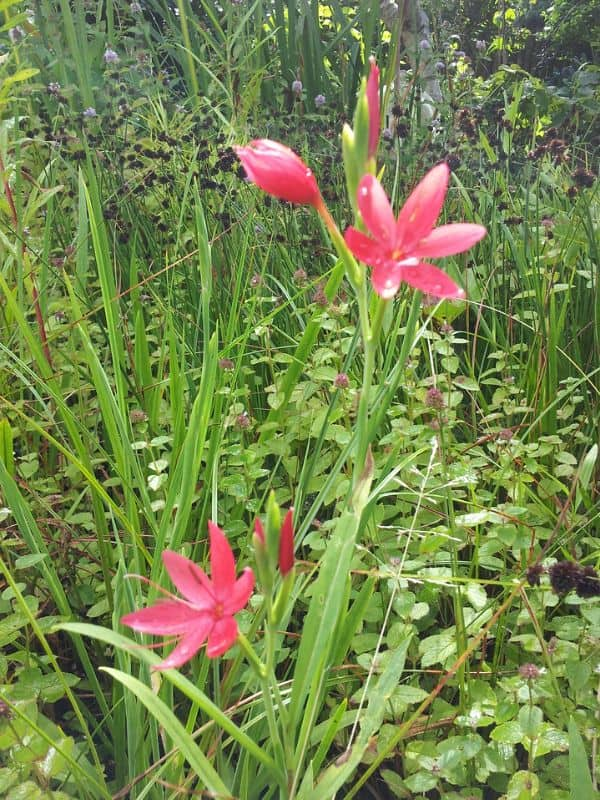
Planting Instructions
Where to plant
For best results plant your Hesperantha coccinea in spring to achieve flowers later that year. Planting can also be done in summer or autumn, though you will need to keep a close eye on watering and may not get flowers until the following year.
The closer you can match the sunny, damp, southern African home of Hesperantha coccinea, the more likely your plants are to thrive. Make sure you choose a spot with reliably moist soil or be prepared to water regularly throughout the growing season. The front of a border, courtyard garden, or large container are all suitable situations. Hesperantha coccinea can also be grown as a cool greenhouse or conservatory plant, where it will flower for long periods during the winter months.
Though Hesperantha coccinea is hardy to -10°C, its flower spikes may be damaged by frost, so if winter temperatures tend to come early in your area (and this is, generally speaking, the more northern parts of the UK), you may benefit from growing yours at the base of a sunny, south-facing wall for extra protection.
How to plant
In the ground
- Clear the chosen area of weeds.
- Dig a planting hole several times larger than the root ball. It is a good idea to mix in some well-rotted organic matter and horticultural grit at this stage.
- Place in the hole, ensuring the top of the root ball sits level with the surface of the soil. Too low and the plant may rot, too high and the roots can dry out.
- Backfill with soil and firm gently.
- Soak well with water.
- Mulch with well-rotted organic matter.
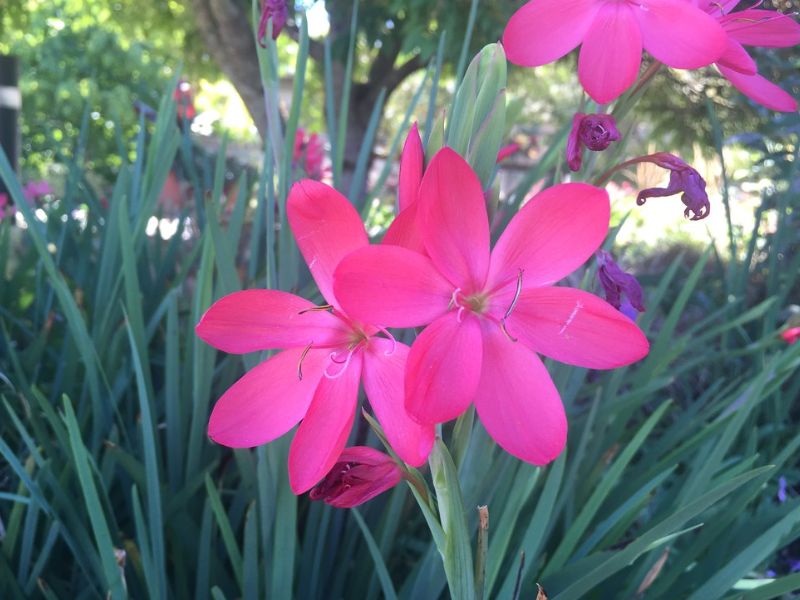
In a container
- Choose an appropriate container. Hesperantha coccinea look best planted en masse in a large pot. Ensure there are plenty of drainage holes in the bottom.
- If you are using a large pot, it can be a good idea to fill and plant it in situ to save yourself the trouble of moving once full.
- Use a good quality potting compost with plenty of horticultural grit mixed in, and, if not already present in the compost (check the description on the bag) some slow-release fertilizer granules.
- Start by partially filling the pot with compost; enough so that when placed on it the upper surface of the root balls are about 3cm lower than the top of the pot.
- Infill all the space surrounding the root balls with compost, firming down with your fingers then adding a little more so the plants are held tight.
- Pick up the container (if you can!) and lightly tap on the potting bench or ground a few times to help further settle the compost around the plant.
- Soak well with water.
- A mulch with horticultural grit will look attractive and help to prevent a ‘cap’ or crust forming on the top of the compost (something container plants can suffer due to the artificial nature of their watering).
Pruning
Deadhead to prolong flowering. Cut flowered stems back down to the ground once finished.
Propagation
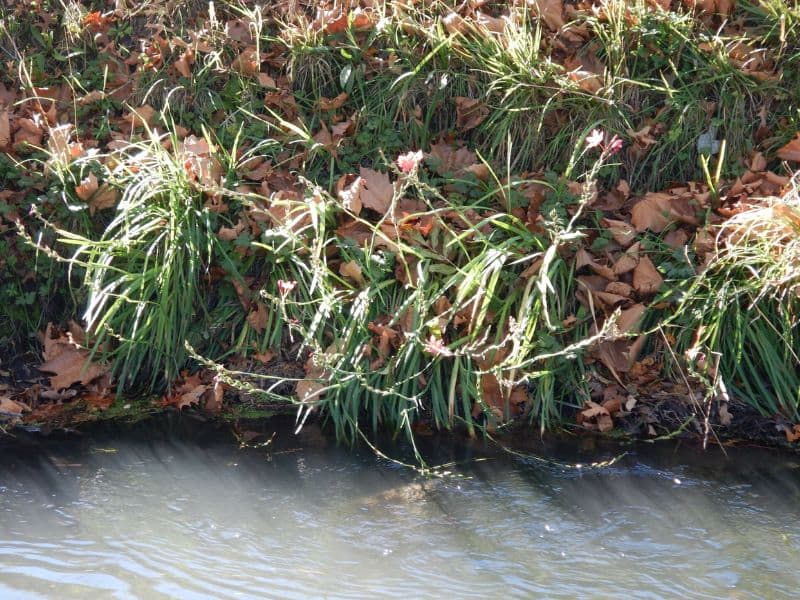
Hesperantha coccinea can be propagated by lifting and dividing in spring. Not only will this provide you with new plants, but it will also maintain the health and vigour of the existing clump.
- Choose a day when the soil is not frozen or waterlogged.
- Dig the plant out of the ground.
- Shake off any excess soil.
- Separate the plant into sections using either swift, cutting blows with a sharp spade, or two forks inserted back-to-back with tines touching, handles then pushed together to prise the plant apart. If this proves difficult, cutting through the rootball with a pruning saw will work just as well (just make sure it isn’t new or precious!).
- Discard old, damaged, or surplus pieces, keeping healthy, vigorous material with a good root system attached.
- Replant selected pieces where desired, giving a good water and mulch of organic matter.
- Keep well-watered until fully established, then as above in the ‘Watering’ section.
Overwintering
While Hesperantha coccinea is hardy to -10°C, its flower spikes can be damaged by the frost. It is therefore worth growing at the base of a sunny wall if you live in a particularly cold part of the country. Alternatively, grow in a container and move into a frost-free environment (such as a cool conservatory or greenhouse) when temperatures begin to dip.
Repotting
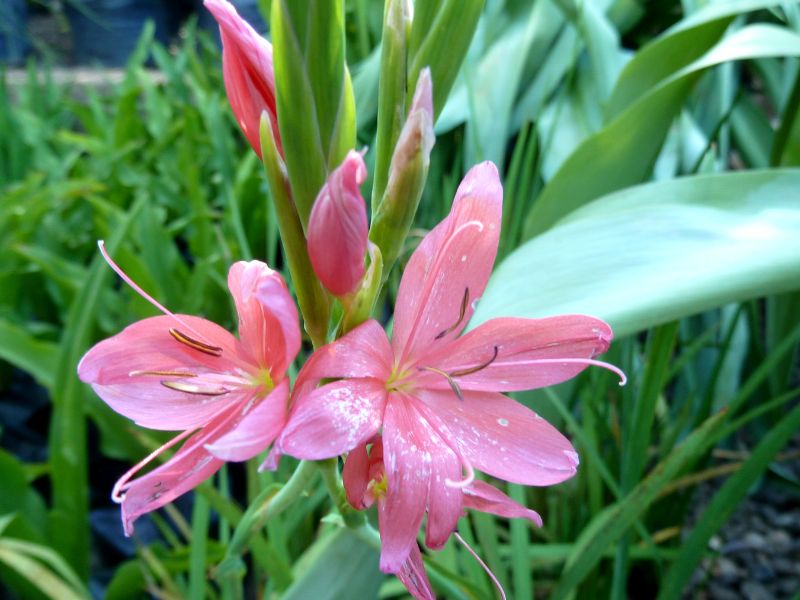
The bulbous ‘kaffir lily’ thrives when repotted every 2-3 years, ideally in spring to accommodate its growth cycle. Use a pot slightly larger than the current bulb clump to encourage flowering. Post-repotting, maintain moist soil and provide bright, indirect light for robust recovery. During repotting, handle with care, as it’s sensitive to root disturbance.
Pests and Diseases
Hesperantha coccinea tends to be trouble-free.
III. Uses and Benefits
You may wish to weave Hesperantha coccinea through a garden for late season highlights amongst fading plantings. Another option is to plant an area or border purely for a late rush of colour and life. Think grasses such as miscanthus and pennisetum catching the light, with tall flowering plants such as rudbeckia, echinacea, eupatorium, and lower down with sedum, nerine, and colchicum.
Find Where to Buy the Best River Lily (Hesperantha coccinea)


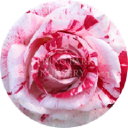


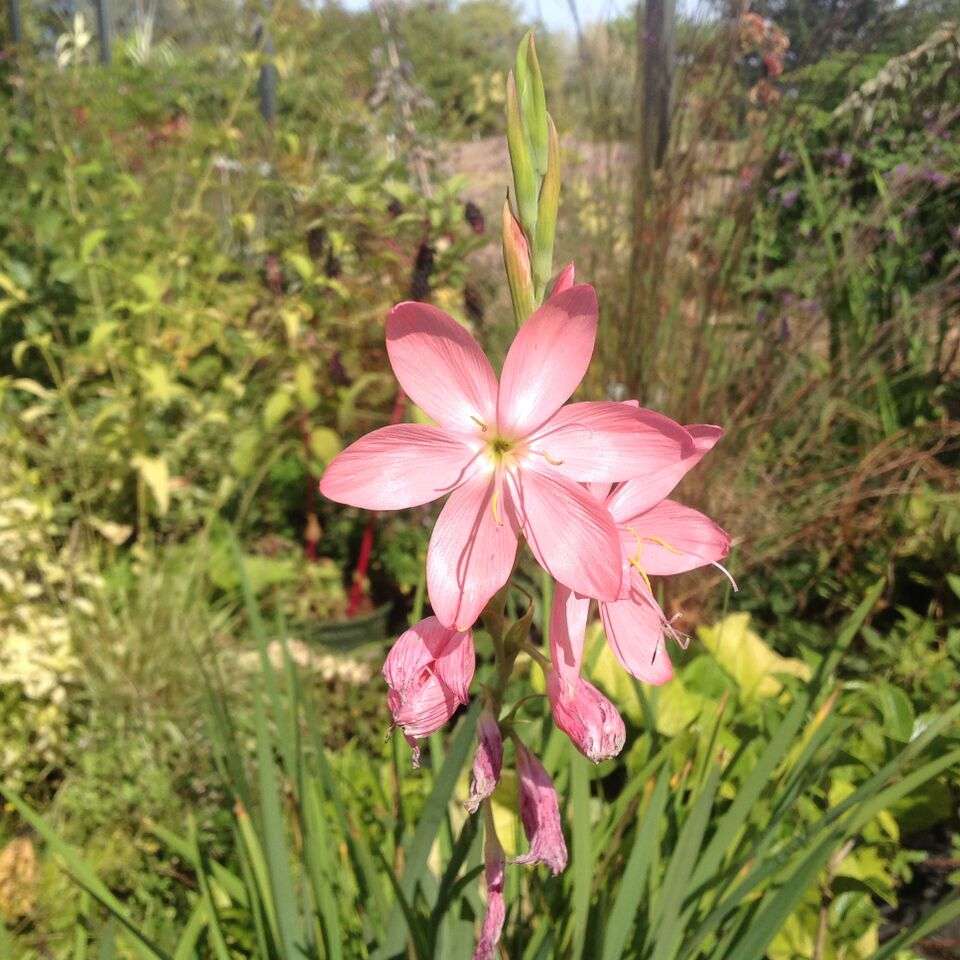



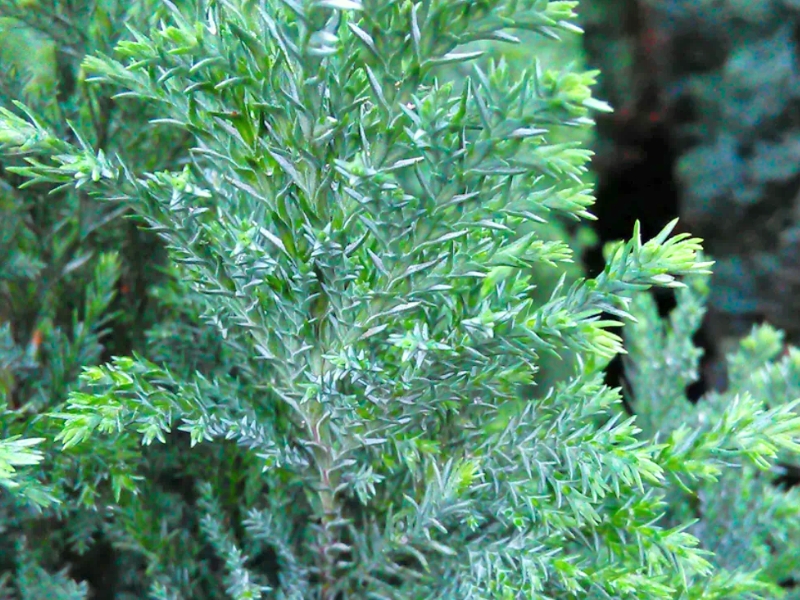
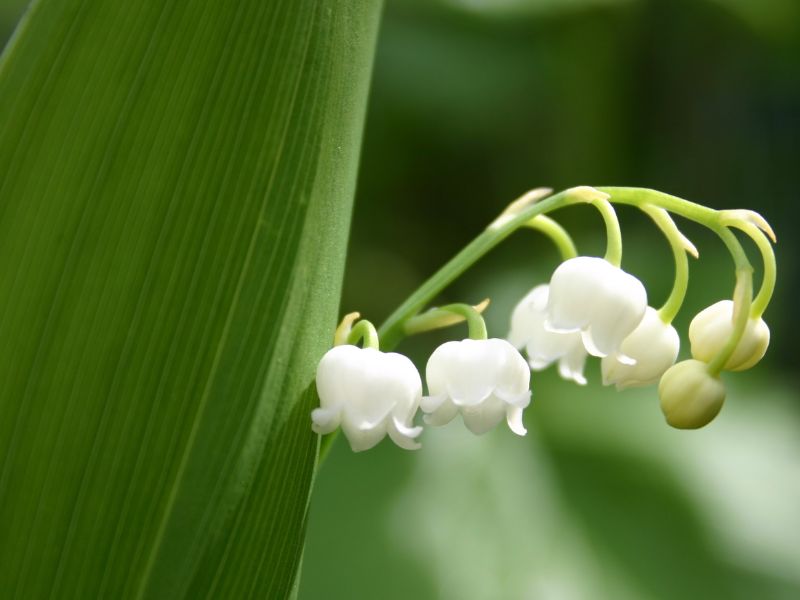
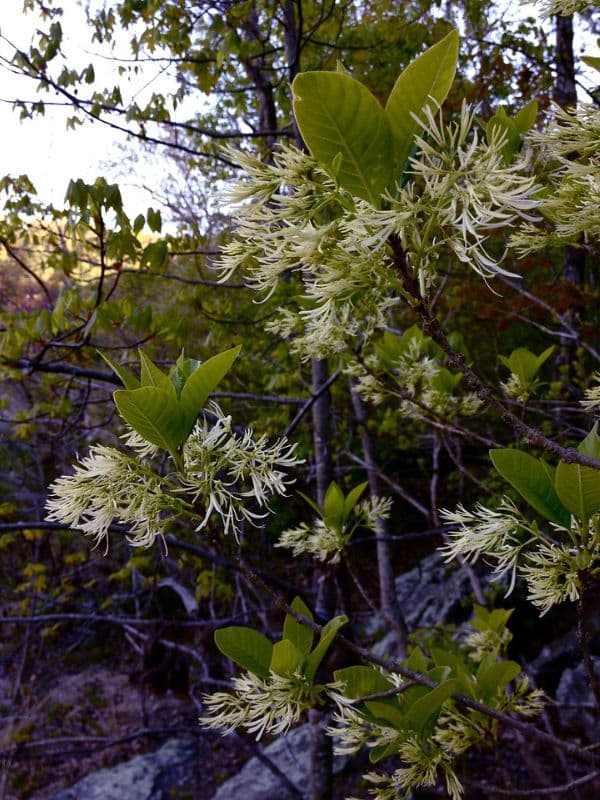
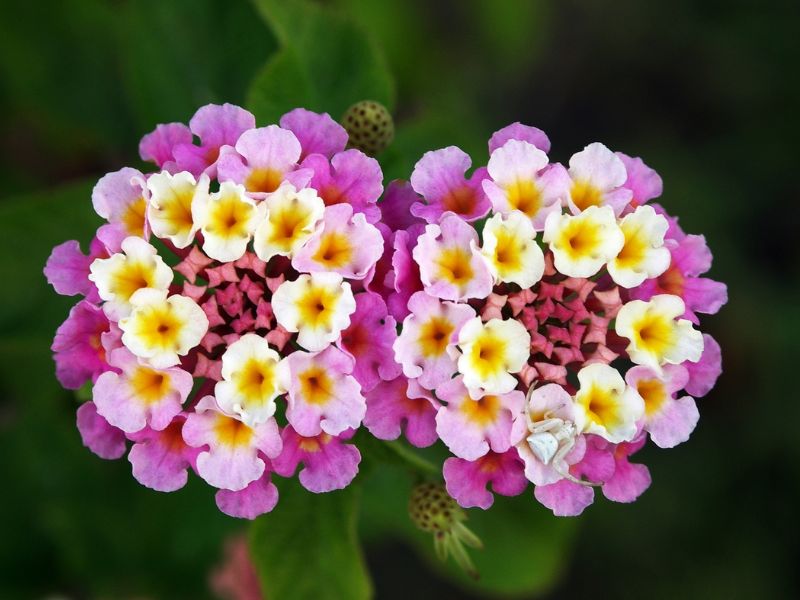
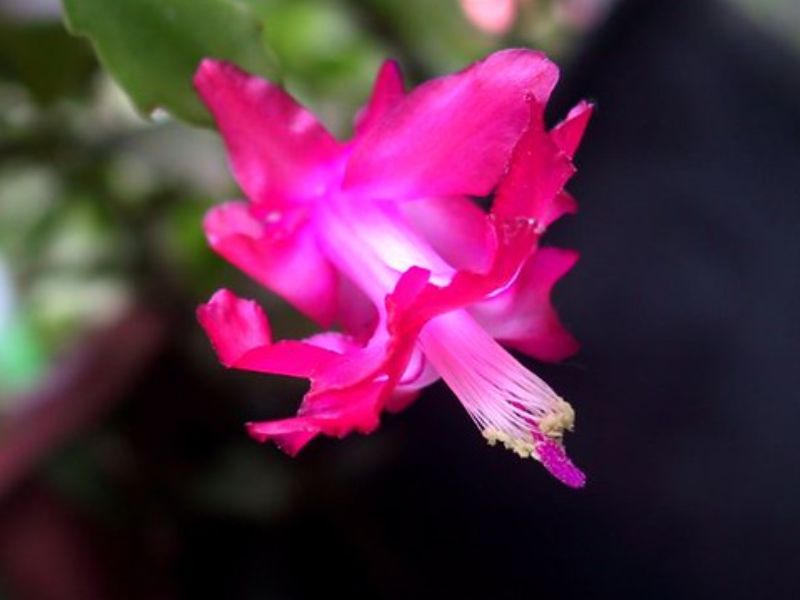
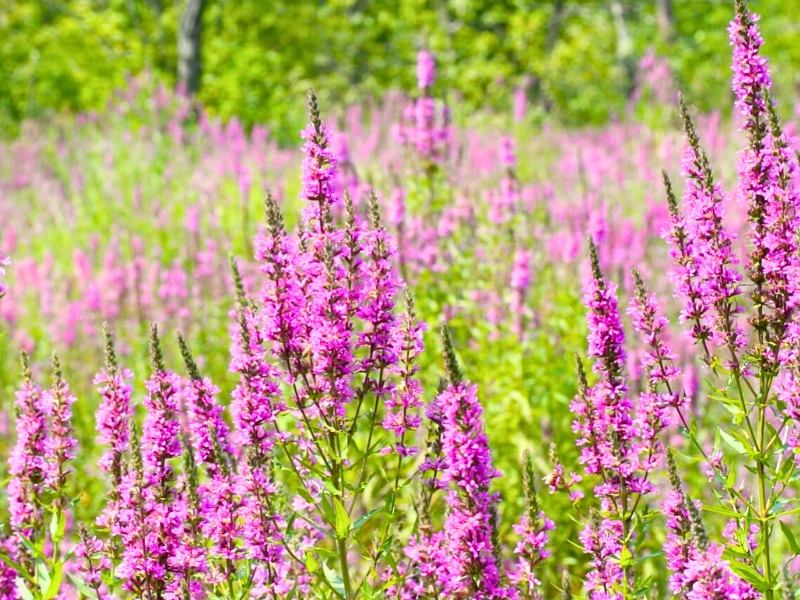
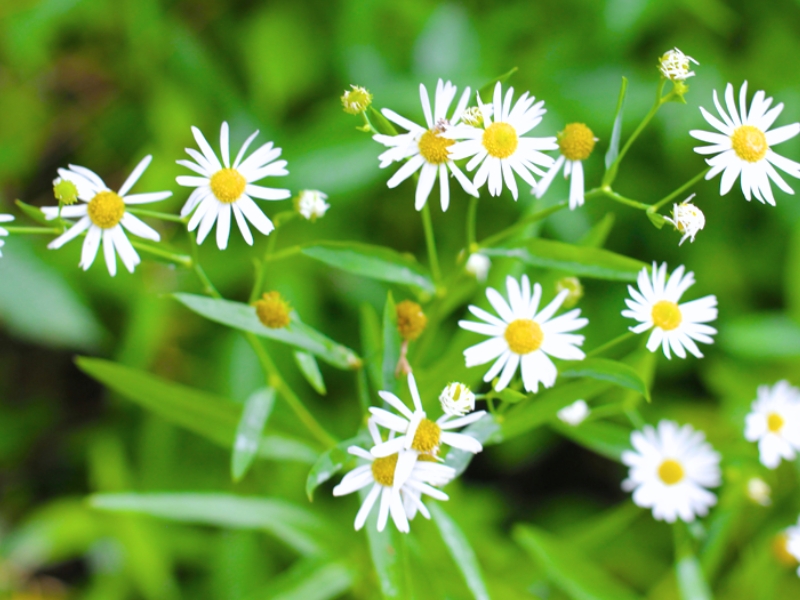
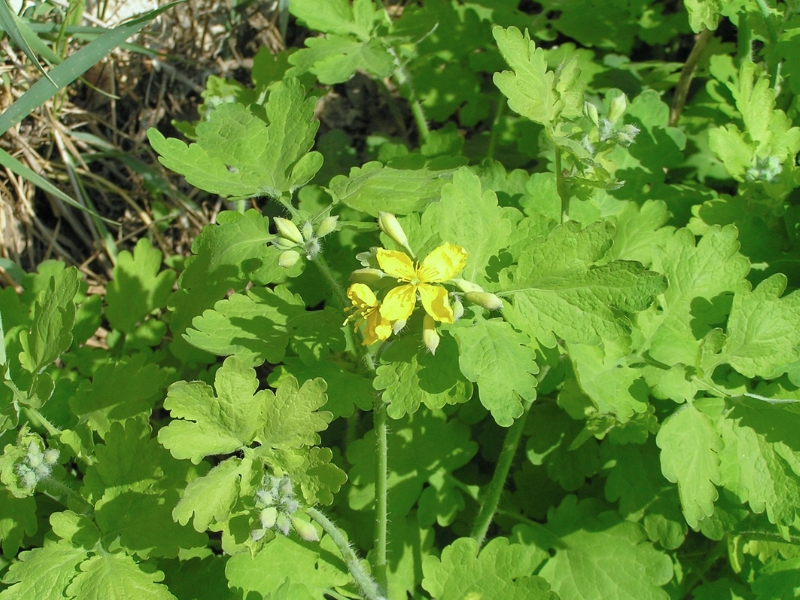
Leave a Reply